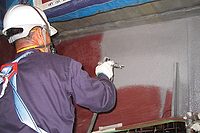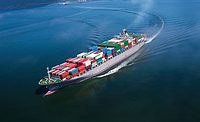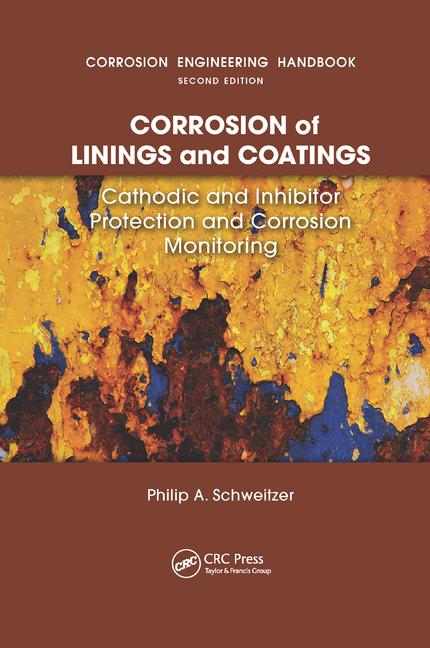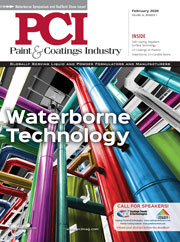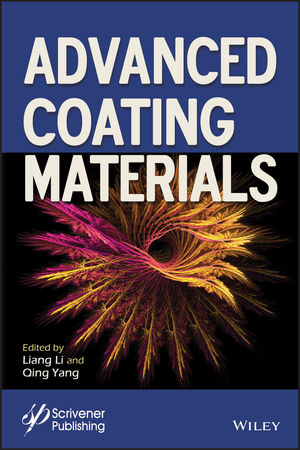New Coating Provides Copper-Rich Protection Against Biofouling and Marine Growth
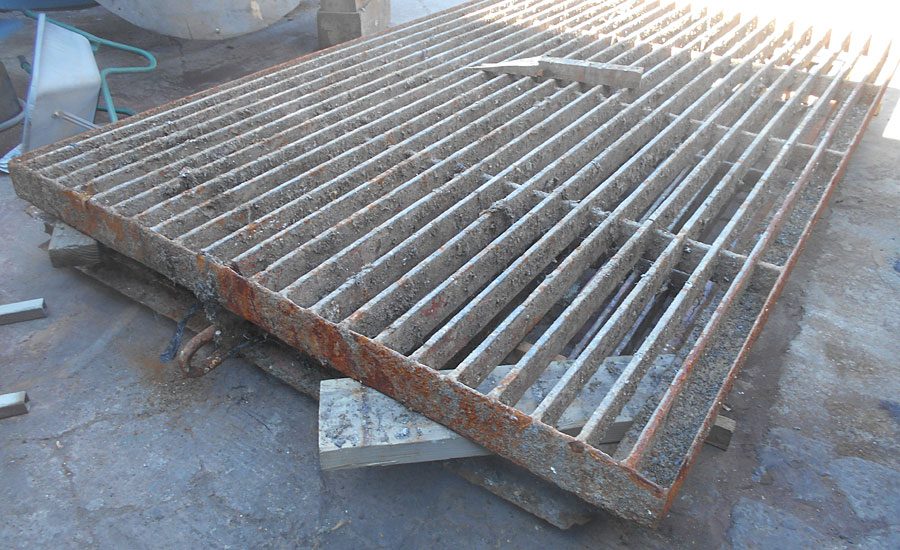
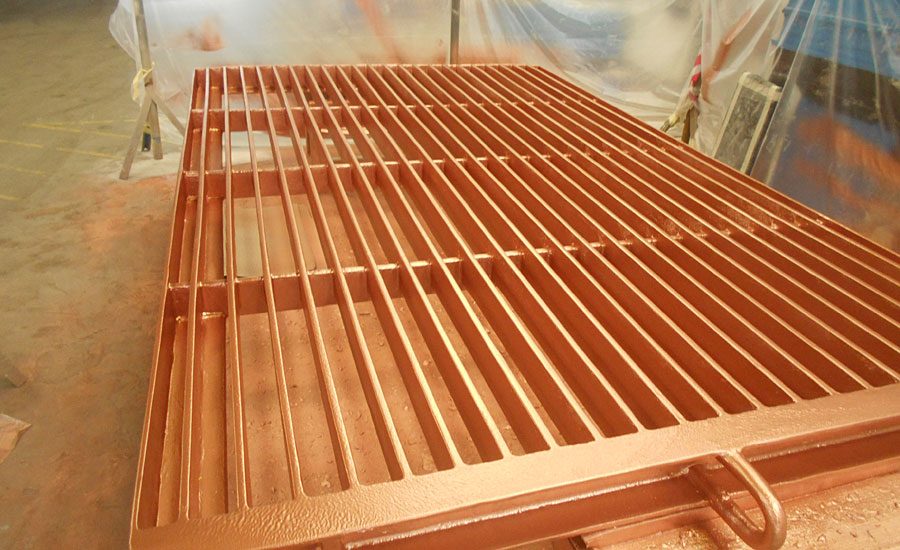


Years ago, mariners covered the hulls of vessels with copper sheeting to provide anti-fouling properties. Today, Corrocoat Biofoul, a heavy-duty anti-fouling coating, works in a similar way, presenting a protective, copper-rich surface to fouling agents.
Applied by Leeds-based corrosion protection and engineering services specialist Corroserve, Biofoul is a non-toxic coating containing inorganic copper flakes. It is formulated as a durable, long-life coating that can withstand flow velocities in excess of 25 m/s. It works by the dissolution of metallic copper ions into the surrounding environment. This acts to inhibit fouling organisms attaching to the treated surface.
There have been several recent examples where Biofoul has proven to provide optimum protection in both sea water and fresh water environments in power generation plants where biofouling and marine growth were causing problems.
At a UK power station, some 60 tonnes of marine growth had to be removed every year from salt water jetty intake screen filters – a time-consuming and costly exercise, carried out by dive teams. Power station engineers turned to Corroserve for a long-term solution that would cut the cost of maintenance and maintain the efficiency of the screens.
The solution provided was: blast cleaning to SA2 standard followed by the application of Corroglass 600 - a corrosion barrier coating. This was followed by a single coat of Biofoul using airless spray equipment to a dry film thickness of 250-400 μm.
The screen filters were returned to use and inspected after several months in service and there was no evidence of marine growth or reduction in flow. The efficiency of the screens had been maintained and it was anticipated that costly regular maintenance will not now be necessary.
Unlike many anti-fouling systems Biofoul forms a hard, durable surface that resists erosion, scuffing and high-velocity water flow. This makes it ideal for use on static constructions such as marine piling, vessel hulls and pontoons as well as pipework where high-flow velocity may be a consideration. Although gold/copper in color when applied, it changes with age to resemble green oxidized copper – it is therefore also ideal for decorative architectural use.
By Corroserve, Leeds, West Yorkshire
Looking for a reprint of this article?
From high-res PDFs to custom plaques, order your copy today!




